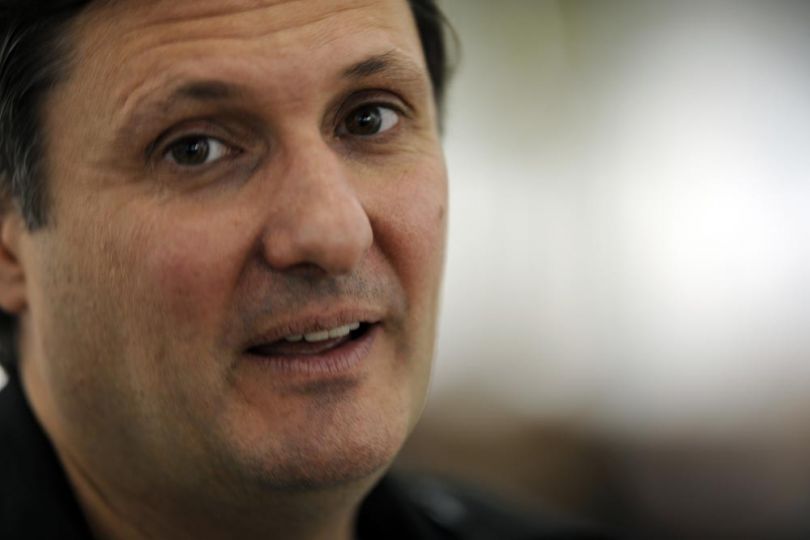Jean-Charles de Castelbajac is a member of the jury for the 14th edition of the Prix Picto de la Jeune Photographie de mode. The celebrated fashion designer shares his long-time passion for photography and discusses the work of this year’s winner, the 21-year old Diagne Sagnier. We spoke with Castelbajac a few minutes after the winner was announced.
You’ve been a photography collector for several years. Can you tell us about your relationship with photography?
Jean-Charles de Castelbajac: I’ve always been a sort of “ghostbuster,” if you will. In the first photographs I bought, I always saw ghosts, whether it was in Gustave Le gray, Charles Nègres or Nadar’s portrait of Victor Hugo on his deathbed. I see photography as a transmission of traces, of memory. I loved historical photographs and how they crystallized an instant in time. When I first started working in fashion at 19, I appropriated what I saw in art photography and applied it to my own work. That was when I got to work with Oliviero Toscani, Duane Michals and war photographers like Marie-Laure de Decker, who took my first portraits when I came to Paris.
I love all types of photography, really. I’ve always had a very personal relationship with it. I often hired very artistic photographers to try to push fashion in a new direction: Robert Mapplethorpe, Cindy Sherman, Les Krims. I think photography in fashion should be a sort of troublemaker. I don’t like it otherwise.
When I started collecting Diane Arbus, I didn’t even know she had died, so I tried to get her contact information because I wanted her to work for me. I was naive, and I think that naivete pushed me towards the best.
Today I try to work with very young photographers like Adeline Mai and Mathieu Cesar. I met when he was just 18. They’re the ones doing interesting work. My latest acquisition in a print by Laetitia Benêt, a French artist represented by the Galerie Crève Cœur in Paris. It’s very beautiful, almost Pre-Raphaelite.
Can you tell us about the work of this year’s winner, Diane Sagnier?
Jean-Charles de Castelbajac: She has the perfect profile, and I’m definitely going to hire her to shoot something for my JCDC line. In her work, there’s more than just the hippie aspect. There’s a beautiful light. She’s managed to capture the essence of spring and autumn. And there’s always a darker side to her photographs, even in the outwardly joyful ones. She’s very good at evoking this current lost generation, it’s like a second Woodstock. I also like the way she photographs women. It’s a new kind of sensuality.
I’m also happy that she’s a student at my alma mater, the Gobelins School of the Image. They’re very demanding there and the faculty is outstanding. And it’s a school that’s open to anyone.
I think that photography has never played so important a role as it does now. It had a major role when it was first invented. Then it told the story of what was happening in the world. Now it’s exceeded its role as a keeper of memory to become a testament to the dystopian world we live in. I belong to a photographic generation based on utopia. This dystopian vision of the world tells us that the worst is yet to come, and this ferment, this hotbed of chaos, is excellent for creativity.
Ericka Weidmann
















